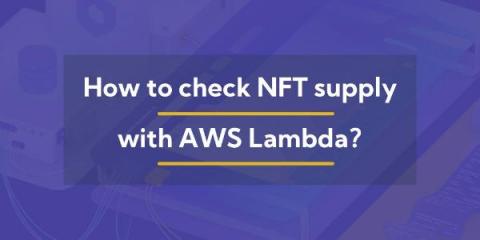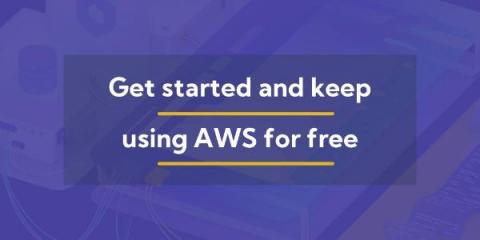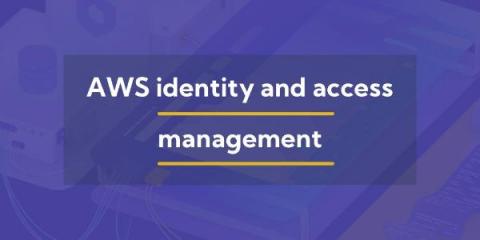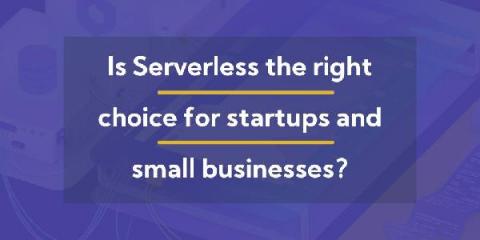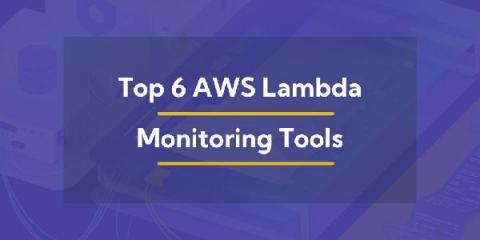Operations | Monitoring | ITSM | DevOps | Cloud
Dashbird
Migrating from Epsagon to Dashbird
With over 200 products offered by AWS, when designing a solution, such as a micro-services based system using a number of these services at its core, it becomes rather challenging to not only monitor them but on the onset of a problem troubleshooting it and resolving it within the least amount of time becomes a daunting task. Building a monitorable system requires a deep understanding of the failure domain of the critical components, which is a tall order for a fairly complex system.
Compare monitoring tools: Epsagon vs Dashbird
As the world is increasingly reliant on technology, software developers, cloud architects, and DevOps practitioners bear a responsibility similar to that of the health industry or to airplane pilots, for example. In this reality, cloud monitoring isn’t optional, it’s a matter of being professional. What is optional, however, is what monitoring solution to go for. Obviously, the one that best fits your specific needs but which one is it?
How to check NFT supply with AWS Lambda?
Non-Fungible Tokens, or short NFTs, are all the rage right now. Everyone and their pets are starting an NFT project. Some people got rich from using NFTs; others did not. Some say it’s the savior that will rip the power away from big corporations and give it back to the creators; others say it’s just a giant pyramid scheme.
Get started and keep using AWS for free
Getting started with AWS and adding your credit card to your own account feels scary, but there are ways to get free credits so you can sleep better in the beginning. In this article, we’ll cover some tricks and tips to get started and keep using AWS for free. Stepping into some new terrain is hard. This is already true if it’s only about learning something new.
Python Error Handling in AWS Lambda
Python, used in around 53% of all Lambda functions, is the most popular language for doing Serverless. In this article, you’ll get an overview of the need-to-knows for error handling Python in AWS Lambda.
Mastering AWS identity and access management
From the basic to advanced concepts of AWS own service for identity and access management: users, groups, permissions for resources and much more. For seriously working with AWS, there’s no way around its Identity and Access Management (IAM) service. Skipping to understand its core principles will bite you again and again in the future️. Take the time to do a deep dive, so you won’t be frustrated later.
Top 3 Tools to Monitor Python in AWS Lambda
Comparison of top observability and debugging tools to help you monitor Python in AWS Lambda.
Serverless benefits for startups
I’ve had a great conversation with a buddy of mine who is launching a new service, and while he is not a technical person, he came up to me asking about serverless and if it could have an actual impact on his startup. Naturally, I got very excited about the topic and proceeded to list all the benefits of serverless technology and how decentralized technology has revolutionized the industry, so on so forth. After a 15-minute monologue, the guy stops me and politely asks me the question again.
Top 6 AWS Lambda Monitoring Tools
Monitoring AWS Lambda performance plays a crucial part in your everyday AWS Lambda usage. Monitoring helps you identify any performance issues, and it can also send you alerts and notify you of anything you might need to know. The world is slowly getting to a point where machines and computers will be flawless, but until then, if we let them perform various tasks for us, we could at least monitor their performance.





